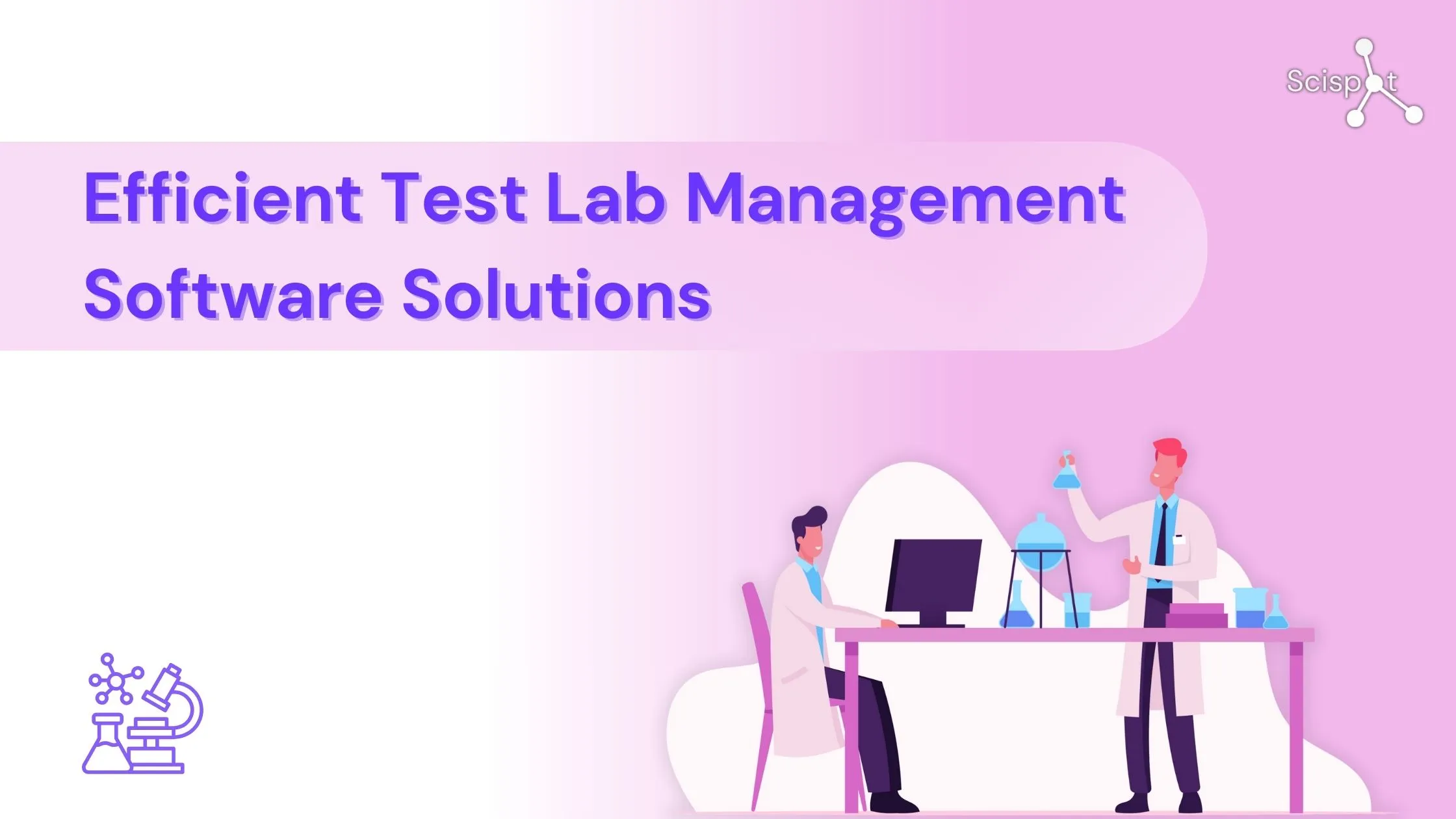Managing obscene amounts of data has become an unavoidable necessity in the field of life science R&D. The amount of data points gathered in experiments has skyrocketed from 3-5 megabytes, to 1-40 thousand terabytes. With the pressing need to analyze and organize this much data, lab scientists and data engineers need to bring data together from their wetlabs experiments and drylabs work. Unfortunately, there is disconnection between the wet lab and computational teams at most life science companies, making it difficult for data engineers and lab scientists to work together.
This is where SQL comes in. SQL(Structured Query Language) is used for updating records, deleting records, creating and modifying tables, views, etc. It is essential for life sciences companies to work with relational databases, data manipulation, large and complex databases, all while efficiently querying these databases. But, in order to truly bridge the gap between computational labs and wetlabs, data engineers must be able to query any data that is stored, while giving end user access to computational data in a simple, easy to interpret tabular format.

Scispot’s SQL, aka LabSQL, checks all the boxes when it comes to the perfect data engineering toolkit. By having your SQL and your data on the same platform that is Scispot, data engineers can easily query any data stored in Scispot’s Labsheets. End users can access computational data in a standardized format, while computational engineers transform wet lab experiment data. Data can be spliced, transformed, updated and pushed back into Labsheets, speeding up an otherwise slow workflow.
With an SQL that can be used by everyone on your team, LabSQL becomes the all-in-one package for splicing, organizing, and querying data. Through better teamwork and communication, you can increase crush milestones like never before. Book a demo with a Scispot team member today to see how LabSQL can help your researchers and data engineers effortlessly manage and analyze data.




.png)
.webp)

%20(1).webp)



